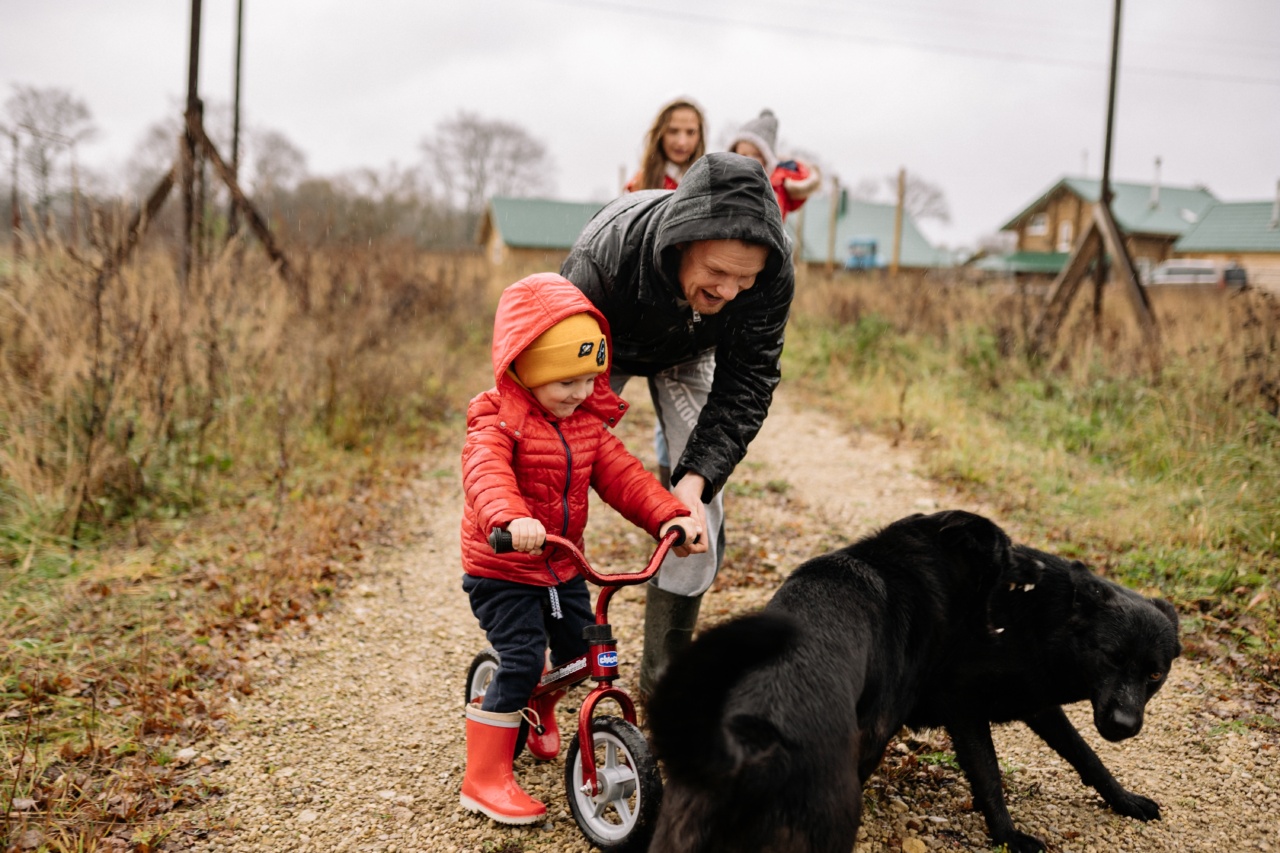Dogs are fantastic pets and can bring a lot of joy and happiness to a household. For children, dogs are even more special.
Not only do they offer unconditional love and loyalty, but they are great playmates and can teach your child a lot about responsibility and care. If you want your child and your dog to bond and develop a strong friendship, then read on for our ultimate guide on how to help them do just that.
1. Choose the Right Dog
Choosing the right dog is the first and most important step in ensuring that your child and your pet bond. Consider your lifestyle, living conditions, and the temperament of the dog before making a decision.
Factors like size, energy level, and personality will all play a role in the relationship between your child and your dog. Consult with a professional to help you make an informed decision.
2. Teach Your Child How to Handle a Dog
Children need to know how to properly handle a dog and interact with them. Teach your child to approach the dog slowly and gently, to avoid sudden movements and loud noises, and to be careful around the dog’s ears, tail, and paws.
You may want to enroll your child in a dog handling course or consult with a professional to teach them proper dog etiquette.
3. Allow Your Child to Take Care of Your Dog
Children can learn a lot about responsibility and care by taking care of a pet. Encourage your child to feed and water your dog, to let them out for exercise, to groom them, and to clean up after them.
This will not only help your dog feel loved and cared for, but it will also teach your child important life skills.
4. Create Playtime for Your Child and Your Dog
Dogs are playful creatures, and children are usually full of energy. Creating structured playtime for your child and your dog can be a great way for them to bond. Play fetch, tug-of-war, or hide and seek with your dog and your child.
This will help your child develop a love for your dog and your dog to enjoy the attention and activity.
5. Teach Your Child to Read Your Dog’s Body Language
Dogs use body language to communicate with their owners and the world around them. Teach your child how to read your dog’s body language so they can better understand how the dog is feeling and how to react.
Happy, relaxed dogs have a loose, wiggly body and may wag their tail. Scared or anxious dogs may have a tense, crouched body and may tuck their tail between their legs.
6. Encourage Positive Reinforcement
Positive reinforcement is an essential training technique for dogs. Teach your child to use positive reinforcement techniques with your dog, such as praise, treats, and affection.
This will help your dog learn good behaviors and will show them that your child is a source of positivity and love in their life.
7. Involve Your Child in Training Your Dog
Involving your child in your dog’s training can be an excellent way for them to learn about dog behavior and care. Teach your child basic training commands and have them practice with the dog.
This will help your child develop a better understanding of the relationship between human and dog and will establish your child as a leader in the dog’s eyes.
8. Monitor Interactions Between Your Child and Your Dog
It is essential to monitor interactions between your child and your dog to ensure that they are safe and positive.
Never leave your child and your dog alone together and intervene if your dog is displaying aggressive behavior or your child is not handling the dog properly.
9. Spend Time as a Family
Spending time as a family, including your dog, can be an excellent way for your child and your pet to bond. Take walks together, play in the backyard together, or even have movie nights together.
This will help strengthen the bond between your child and your dog and create a sense of family unity.
10. Be Patient and Consistent
Bonding between your child and your dog will take time, patience, and consistency. Be patient with your child and your dog and allow them the time they need to develop a strong relationship.
Consistency is also key – ensure that rules and boundaries are consistently enforced, and they are both receiving consistent training and care.























